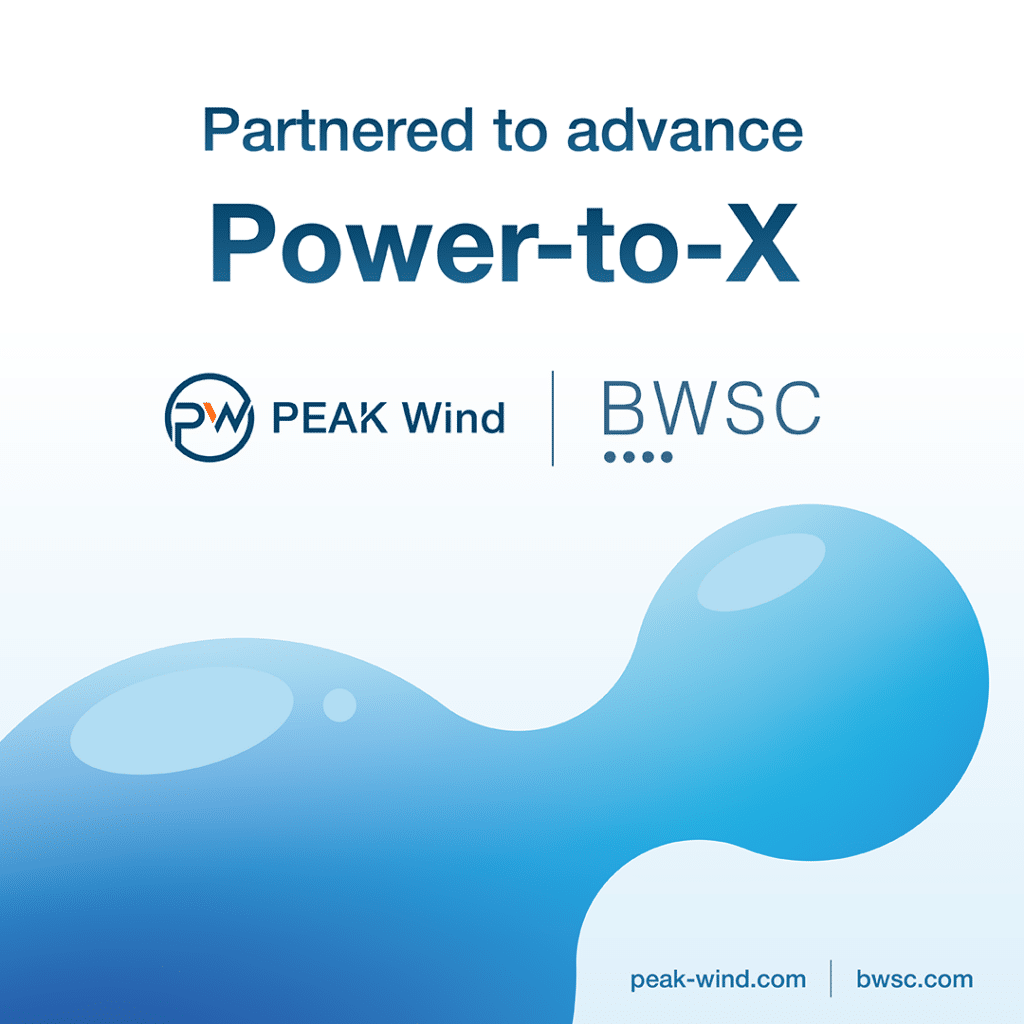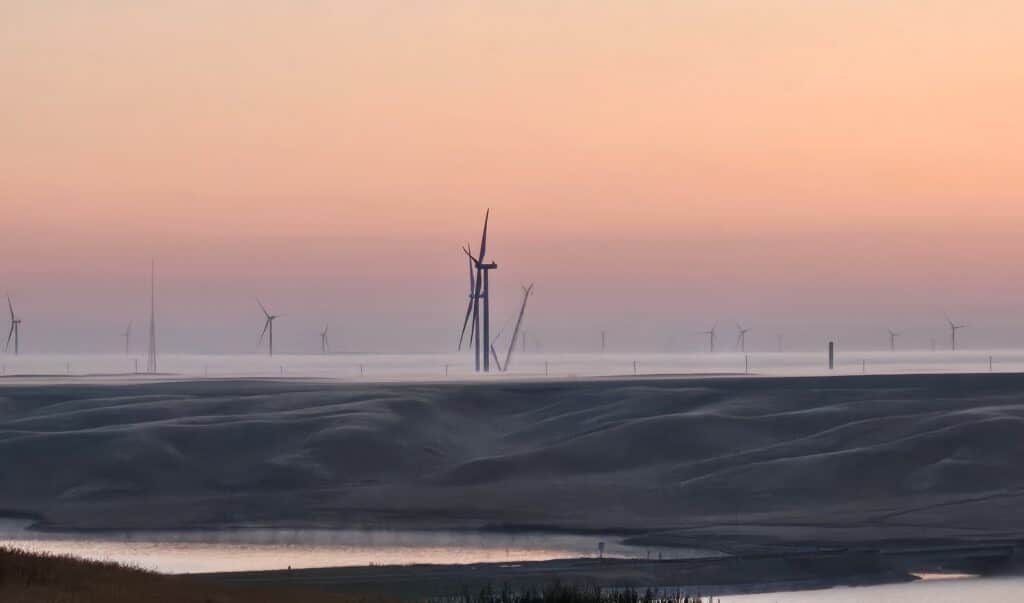Secure your business case by setting the right requirements in your key supply contracts.
Here at PEAK Wind, we are identifying considerable differences between the negotiation of these agreements in mature markets, such as Europe, and new markets, such as the US, driven by such influences as:
- A new labor market
- A maturing supply chain
- Local content pressure
- Offshore logistics bottlenecks and the Jones Act vessel requirement
- A complex permitting and compliance landscape
- The location of the projects, far from shore in clusters

Figure 1: Factors which influence contract negotiations in the different markets
The US offshore wind market
President Biden’s ambitious national target of 30GW of installed offshore wind capacity by 2030 (from the starting position of just 42MW today) has driven even more ambitious state-level targets with eight states calling for the deployment of a combined 40GW of offshore wind energy capacity by 2040. Add to this, BOEM (The Bureau of Ocean Energy Management) intends to hold at least five more WEA (Wind Energy Area) lease auctions before the end of 2025, spreading the offshore wind industry development and supply chain requirements across the breadth of a vast nation.
The US offshore wind industry’s exponential rate of development continues, despite inflationary pressures on OEMs (Original Equipment Manufacturers) and existing PPAs (Power Purchase Agreements), supply chain issues, and increasing raw material costs.
By 2024 Siemens Gamesa will have nearly 2GW installed off the US East Coast while GE are targeting approximately 3GW by 2025.
All these factors combined mean that there will be significant developmental changes to the offshore wind industry in the US over the next 5-10 years. Offshore wind developers and owners should consider:
- How these changes will impact the service offering from wind turbine (WTG) OEMs
- What the right balance of risk will be between the WTG OEM and the developer when negotiating service agreements, and where each ‘new market risk’ should be allocated
- The optimal service agreement duration in a market that will develop so quickly over a short period of time
- How the rapid growth translating into centralized warehousing, increased supply chain investment in the US and huge supply volumes will impact your OPEX, which can equate to up to 30% of the total lifetime cost of a windfarm
Key focus areas for your Service and Maintenance Agreement (SMA) negotiations
In order to optimize your SMA, there are many different levers that must be considered in addition to the region-specific factors introduced above. Some of the key considerations are shown below.

Figure 2: Key focus areas for SMA negotiations
Contract duration
- What is the right duration of your WTG service contract?
- What are your constraints (e.g., lender’s requirements)?
- Do you, as Owner, intend to develop capabilities to self-operate in future?
- Does your SMA include the right extension options, providing you with the right flexibility to improve the overall contractual set-up as the industry matures?
- Have you considered building in termination rights (especially for long-term agreements), fees or reduced scope service options (following the initial agreement term) to keep contractual flexibility towards future optimization?
Contract scope
- Does the OEM’s standard service include all relevant scopes (e.g. regulatory and statutory inspections, turbine HV switching)?
- How much Owner’s risk are you prepared to take? Would a full scope fixed fee contract or a limited scope with multiple variable fee services be more appropriate?
- Have you considered the long-term support areas where you will need support from the OEM after the SMA Term expires?
Owner involvement
- How much will the Owner be involved in the operations of the wind farm and are step-in rights considered?
- What delegated authority should the OEM have in the service and maintenance of the windfarm and what Owner controls are needed to manage risk?
- Does the Owner provide the required O&M facilities and are the requirements well defined?
- Does the Owner have the option to provide technicians or logistics, and how are the requirements defined?
Availability warranty
- What level of Availability Warranty should the OEM offer and on what basis will it be calculated (time/ production/ revenue based)?
- Who is responsible for accessibility risks due to weather conditions? What carve-outs are acceptable? What is considered Force Majeure? How does the warranted availability treat concurrent events?
- Do you have a clear and transparent incentive/compensation structure that aligns interest?
Spares and tools
- How should spare parts be supplied during and after the SMA period and at what cost? Should the Owner purchase an initial spare parts stock? Or is a lead-time fee concept the right solution?
Key links between TSA and SMA
- Have you considered the key links between the SMA and TSA (Turbine Supply Agreement) to make sure elements of the TSA that are critical for the Operations phase are properly negotiated (for e.g. Defect liabilities, SCADA, documentation etc)?
- Are you sufficiently covered against Serial Defects or main component failures?
Service defect warranty
- How does the SMA define the service defect warranty on work and materials?
- Does the OEM have any post-Term obligation to warranty defects remedied near the end of Term?
Mobilization plan
- Are relevant milestone dates agreed in the mobilization plan and aligned with the Owner’s readiness plan?
Payments & indexation
- How regularly shall fees, spare parts and labour rates be indexed and from what date shall indexation be first calculated?
- How regularly shall Service Fees be payable, and will they be payable in advance or arrears?
Risks and limitations of liability
- Do the Liability Caps provide enough protection against poor performance?
- What exclusions have been proposed by the Contractor?
Reporting, documentation & data
- Does the monthly reporting include the right level of information ensuring insight into asset performance?
- Does your SMA provision you with sufficient history on defects and replacement parts, data access and service documentation to allow service work to be handed to another third party in future?
End of term inspection
- What scope and timing of the end of term inspections have been agreed between the parties?
- What happens if defect remediation is performed after end of term?
Want to further discuss these insights?
PEAK Wind has a market-specific experience in the US. For further information please reach out to our Head of Commercial and Contracts or our Boston-office team members
Brian Tully | Senior Manager & Country Director UK | Get in touch
Kristoffer L. Eriksen | Chief Consultant | Get in touch
Learn how PEAK Wind can help your contract negotiations in the both developed and emerging markets





